Brazilian "Sister Manor" Coffee Competition | comparison of flavor between Queen's Manor and Shenmu Manor?
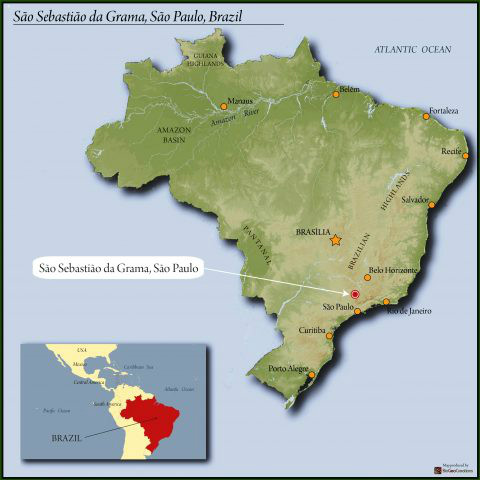
Professional coffee knowledge exchange more coffee bean information please follow the coffee workshop (Wechat official account cafe_style)
Brazilian "Sister Manor" Coffee Competition | comparison of flavor between Queen's Manor and Shenmu Manor?
Brazil is the world's largest coffee producer, with the first total output in the world, accounting for about 1 of the world's total output. Brazil is mainly produced in the central and southern provinces. Brazil is suitable for growing coffee areas, the terrain is relatively flat, coffee gardens are mostly less than 1200 meters above sea level, and there is no shade from big trees, because raw and ripe berries are harvested at the same time, it is not fine coffee. The quality of Brazilian coffee is average but less excellent, its bean quality is soft, and it is obviously not resistant to heat in the roasting process. Among the varieties, Santos is more famous, which is named after its export port Santos. Brazilian coffee beans are neutral and can be tasted alone (though a bit monotonous), or mixed with other kinds of coffee beans to form a comprehensive coffee, which is generally considered to be indispensable in blending.
Brazil first introduced coffee trees from French Guiana in 1720, and then the government monitored the coffee industry to ensure the smooth development of the coffee industry, and introduced a policy of minimum price protection for coffee farmers. stimulate farmers' intention to grow coffee.
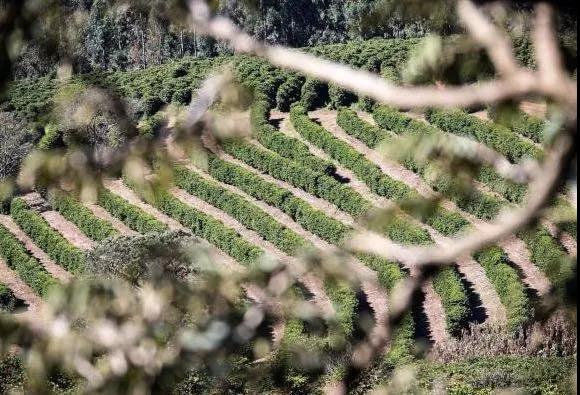
There are mainly two kinds of topography in Brazil, one is the Brazilian plateau above 500 meters above sea level, and the other is the Brazilian plain below 200 meters above sea level. The main cultivated and well-known variety is bourbon (including yellow bourbon, red bourbon, Pingdou Shan du Shi). The taste of Brazilian coffee is mainly characterized by low acidity, nutty flavor, balanced and moderate thickness. In the world of boutique coffee, Brazilian coffee is not outstanding, but Brazilian coffee is often used as a blending variety in Italian coffee. Because of the high degree of balance, it is often used by merchants as blue mountain flavor beans.
When it comes to Brazil, most people can think of the football kingdom. Brazil is the largest country in South America and the fifth largest country in the world. Brazilian coffee also carries a lot of weight in the world. Brazil is the largest coffee producer in the world, providing nearly 45% of the world's coffee raw beans. The length of the country's dry season may even affect coffee prices around the world. Seven of the states in Brazil have the largest production, accounting for 98% of the country's total output:
State of Sao Paulo (Mogiana, Centro-Oeste)
State of Parana (Norte Pionerio do Paran á)
Bahia State (Planaltoda Bahia, Cerrado da Bahia, Atlantico Baiano)
Espiritu Santo (Montanhas do Esp í rito Santo, Conilon Capixaba)
Minas Gerais State (Sul de Minas, Cerrado Mineiro, Chapada de Minas, Matas de Minas)
Londonia (Rond?nia)
Rio de Janeiro State (Rio de Janeiro)
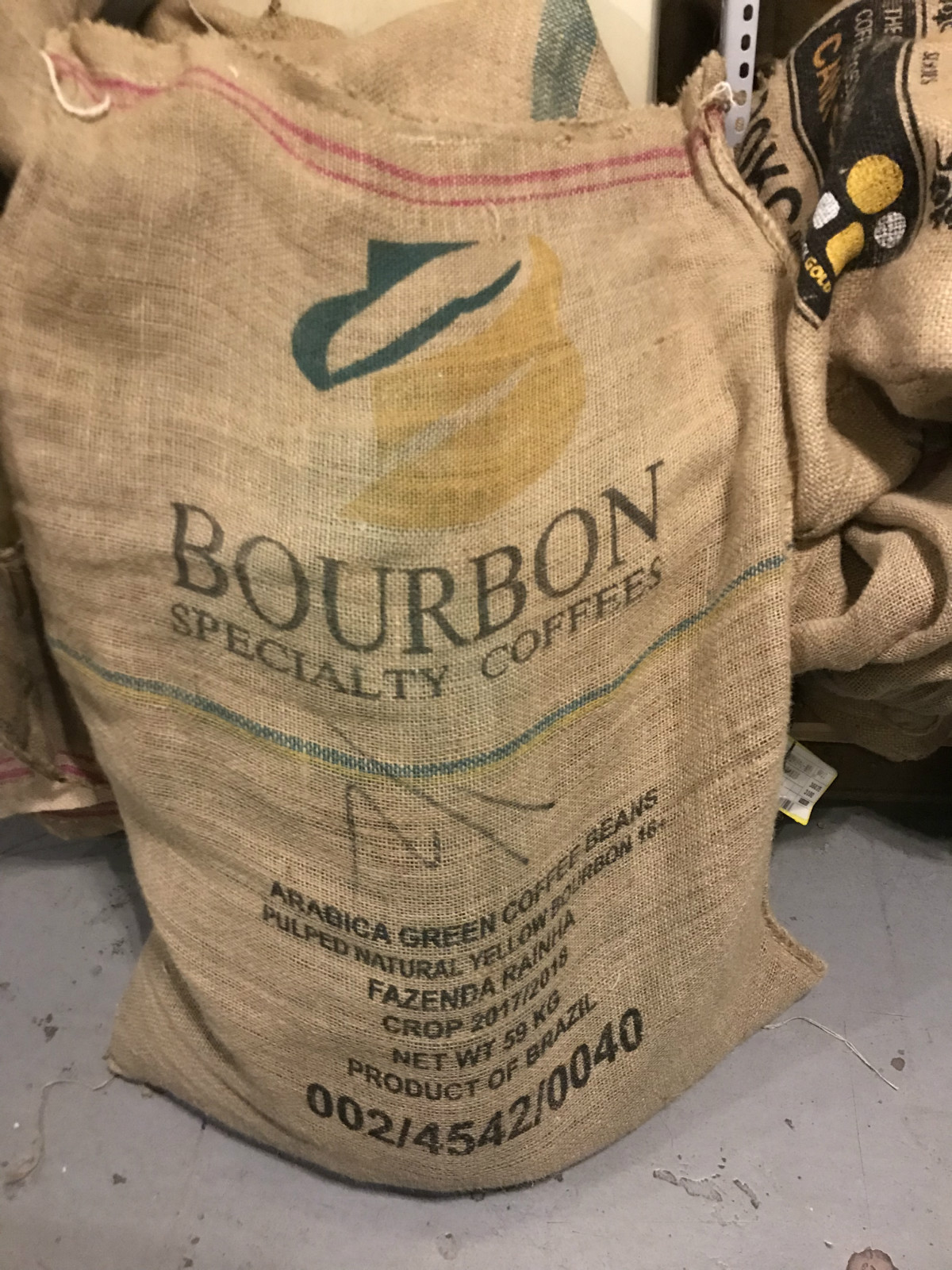
[Classification]
Brazil's grading system, which scores the proportion of defects, size, flavor and taste, is its own independent grading system and more complex than those in other countries. For example,"Brasil Santos NY 2 SC17/18 SS FC" NY2 is a defect proportion rating: the higher the number, the more defects there are. The order is 2, 2/3, 3, 3/4, NY means based on the New York grading standard.
SC 17/18 indicates the number of coffee beans. SS FC (Strictly Soft and Fine Cup) means flavor and taste, and is divided into two groups: Strictly Soft, Soft, Hard, Hardish, Rioy/Rioysh, Rio, Fine Cup and Good Cup. Brazilian coffee is characterized by high sweetness, cleanliness, softness, low acid value, and a wide range of uses, which are generally loved by the general public.
[Variety]
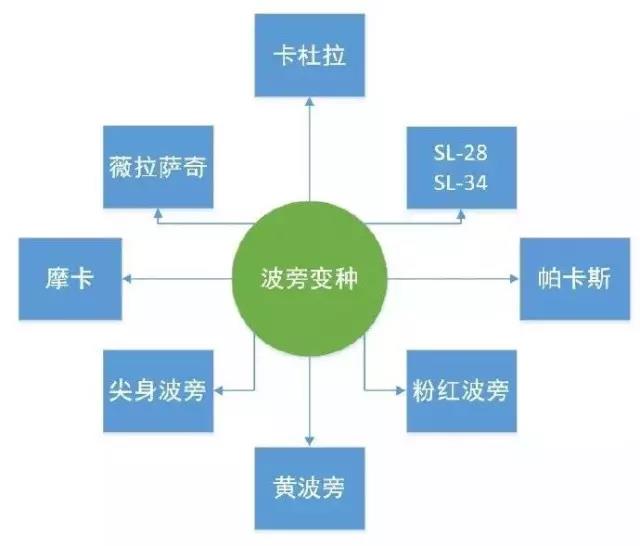
The old bourbon coffee is grown on some estates in the Serrado district of MinasGreais in southeastern Brazil. These estates, such as Caping Blanco (CapinBranco) and Vista Allegre (VistaAllegre), grow old varieties of bourbon coffee on the market. Although they come from the same area, these coffees have their own characteristics. Capingblanco coffee is smoother than Vesta Allegre coffee, while Vesta Allegre coffee is strong and black, both of which have lower acidity. However, like all Brazilian coffee, they are most suitable for drinking when they are fresh and tender, because the older they are, the more acidic they are. These coffee growers have organized themselves into the Brazilian Special Coffee Association (theSpecialityCoffeeAssociationofBrazil).
[4 big treatment]
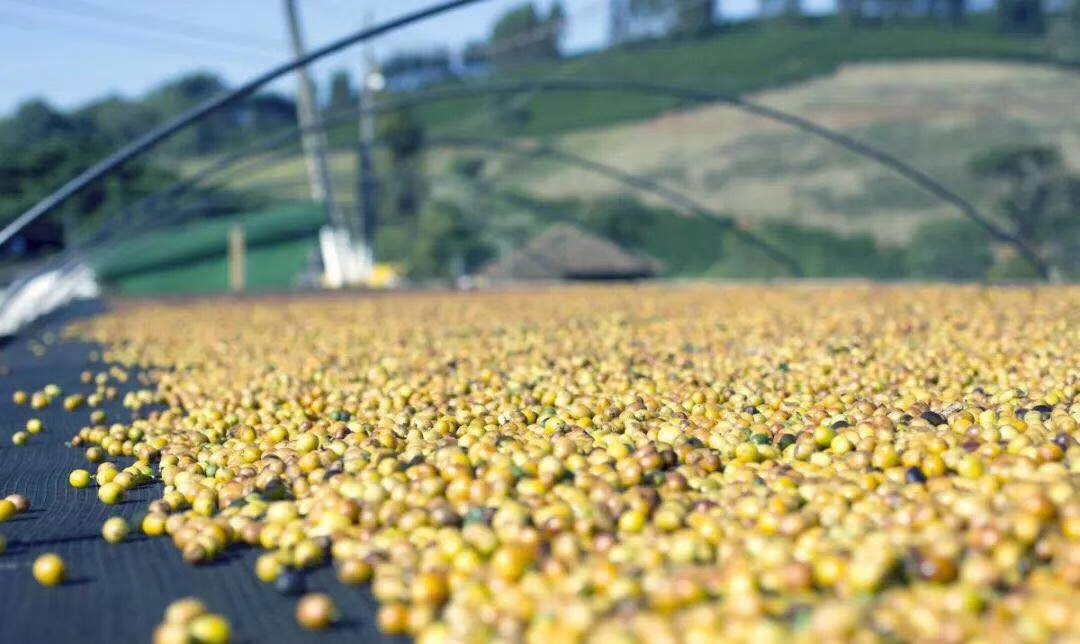
In 1867, the first railway was built in Brazil to transport coffee beans, and then a number of routes were built to transport coffee beans, and until today, the domestic railway passenger transport in Brazil is also undeveloped. in the 1930s, Brazil has already begun to grow coffee beans on the farm, harvesting and drying automatically, completely regarding coffee as a common agricultural material, regardless of quality. It directly leads to overproduction of coffee in Brazil, which is either dumped or burned as fuel. In the end, the government contacted a new Swiss company called Nestl é, which is why Brazil's quality has not been improved, focusing only on quantity.
In Brazil, the four most common treatments for Brazilian coffee are natural sun, desizing, semi-washing and water washing, of which natural sun is the most popular. Natural solarization is very popular in Brazil's two main producing areas, Serrado Minero (Cerrado Mineiro) and Mogiana Paulista (Mogiana Paulista), because the harvest season is the dry season of the year.
Natural solarization is very different from the water washing used in other Central American countries and Colombia, and since the word "Unwashed" does not fully summarize the essence of this treatment, Brazilians eventually chose the same term "natural solarization" as Ethiopian coffee. However, it should be noted that there is a difference between the natural sun method in Brazil and the traditional Ethiopian sun method. What Brazilians call "natural sun" refers to the process of picking coffee rather than the traditional treatment process, because Brazilians allow coffee to fully absorb sunlight on the branches and fully mature.
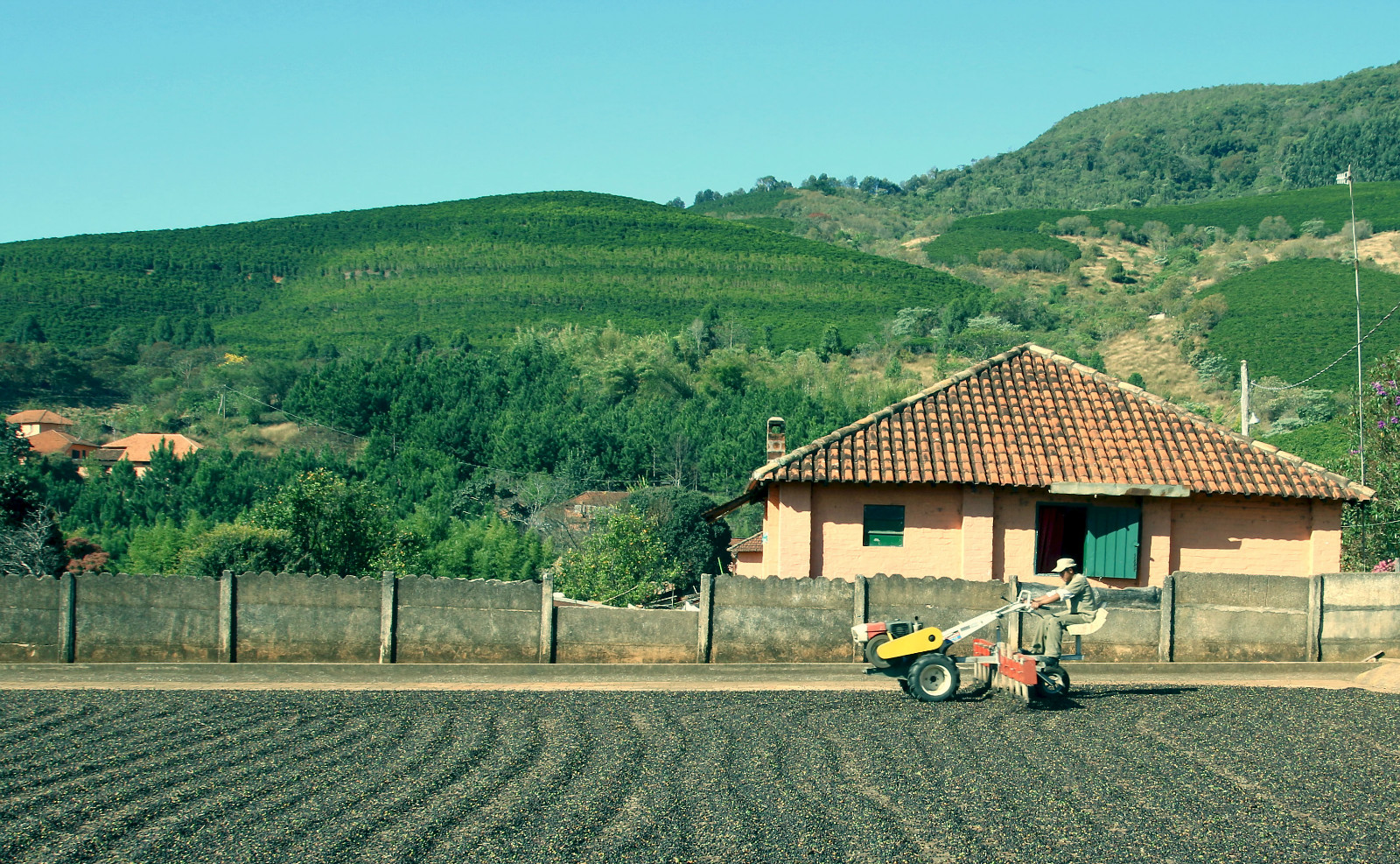
In more modern plantations, workers screen the coffee before drying and peel off the immature fruit by putting all the fruit in a water tank, which floats on the surface of the water because of its lighter weight. Workers can use siphon devices to remove the floating fruit. But in relatively backward plantations, workers do not have enough cash equipment to completely peel off immature fruit, which is why many Brazilian sun-cured coffee are mixed with so many immature beans.
The desizing process was introduced to Brazil 25 years ago by Pinhalense, a well-known machinery and equipment manufacturing company. Desizing is the second most popular way to treat raw coffee beans in Brazil, and Brazilians like to call it "Cereja Descascado" ("Descascado" means "peel" and "Cereja" means "fruit"). In Central American countries, the desizing method is also known as "honey treatment". When using this method to deal with raw beans, the desizing machine is essential, and the coffee treated by this method is extremely sweet and unique in flavor. The desizing machine separates the peel and pulp of the coffee fruit from the raw beans. After completing the desizing step, people will rinse the mucous membrane on the surface of raw beans with water to the desired level before drying. What is unique about this method is that raw beans do not have to be fermented. As there is still a small amount of mucous membrane attached to the surface of raw beans, the drying process of raw beans must be fast to prevent coffee from spoiling and mildew. Once dried, raw beans are placed in a wooden box called "Tulhas" for a period of time to make the taste and aroma of the coffee more constant.
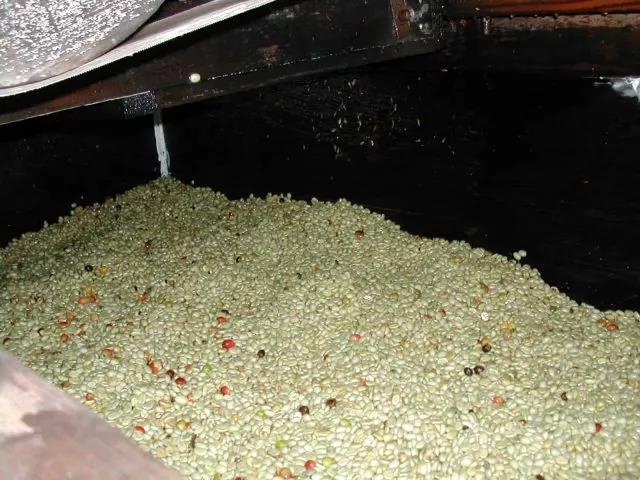
Semi-washing is now an outdated method of raw bean treatment in Brazil, which is easy to be confused with desizing, but in my opinion, semi-washing still has some uniqueness. The coffee treated by semi-washing method has a very mellow taste and high sweetness. this method requires the grower's operation technique and experience very high. if something goes wrong, the coffee will become difficult to swallow. Like the desizing method, people first use a desizing machine to desize the fruit, but the difference is that the semi-washing method requires the removal of as much mucous membrane as possible from the peel, pulp and surface layer of raw beans. In Central America, people wash the fruit directly with a washing machine after the fruit is desized, so this method is also known as "mechanical washing". The processed raw coffee beans are very clean and can begin to dry without fermentation. Semi-washed coffee dries quickly at constant temperature, so it tastes purer, less moldy and fruity than other slow-drying coffees.
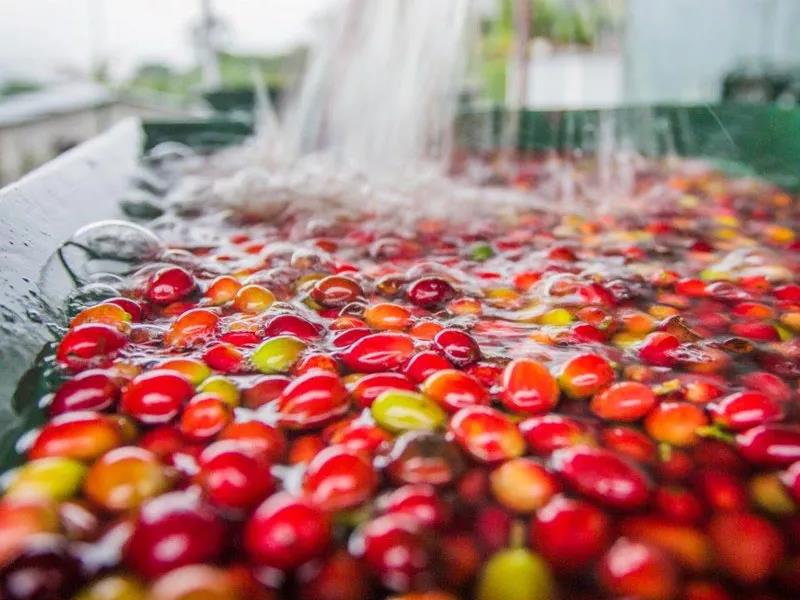
Water washing method, although many Brazilian coffee growers have recently expressed strong interest in water washing, the demand for this kind of coffee is still not high at home and abroad, due to the poor reputation of washed Brazilian coffee in the international market. and the washing technology started late in Brazil and is not yet mature. The treatment of washed coffee is very similar to that of semi-washed coffee, but it needs to be fermented to remove mucus from the surface of raw beans. Washed coffee usually has a pure taste and pleasant acidity.
Queen's Manor (Fazenda Rainha)
[owner] Regina Helena Mello de Carvalho Dias belongs to the Carvalho Dias family
Huang bourbon, Yellow Bourbon
[treatment] hand extraction, followed by half-sun treatment
[Origin] Queen's Manor of Brazil (Morgiana) producing area.
Yellow bourbon
[altitude] 1400-1950m
[treatment method] solarization
[flavor] the sweet, clean beans and the use of half-sun will brighten her acidity but match the sweetness, and some of them even have tropical fruit aromas.
In 2011, the manor won the championship in the COE competition in Brazil. Fazenda Rainha is owned by the prestigious and respectable coffee family Carvalho Dias family. Since the first Brazilian COE Competition in 1999, Carvalho Dias's four major estates have won awards every year, winning more than 12 times in the past seven years, and even arranged for the champion, 9th, 11th and so on in 2004, many large and small estates in Brazil.
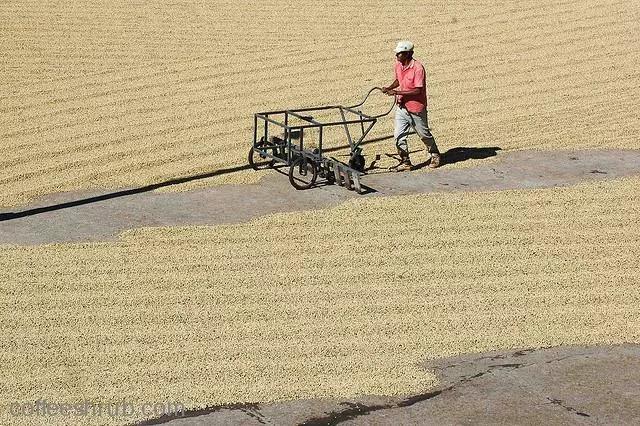
After years of hoping to be shortlisted and difficult to win, the family's manor has taken away many awards in successive years. Even the Queen Manor Fazenda Rainfa bought by Osher enjoys a brilliant record: 2000 runner-up, 2001 second runner-up, 2005 29th place, and so far, Queen's Manor has won three awards.
The Carvalho Dias family is also a founding member of the Brazilian Fine Coffee Association. The insistence on coffee quality and the maintenance of the environment are obvious to all. In the family farm, the use of natural waterfalls to develop pollution-free hydropower, self-sufficient electricity demand (another award-winning member of the family is named Falls Manor after this waterfall) Construction of churches, classrooms, nurseries, medical stations, maintenance of primitive forests of native animals and plants, and continuous afforestation. In the case of the Queen's Manor, the environmental protection is quite thorough. Because of the high terrain and non-plain terrain, it is impossible to use machines to harvest, and the fruits can be harvested completely by hand. And plant low-yield and high-quality bourbon species, as the essence of high-quality Brazilian coffee on behalf of the manor!
The peeling and Meat handling system of Queen's Manor (Coffee processing system):
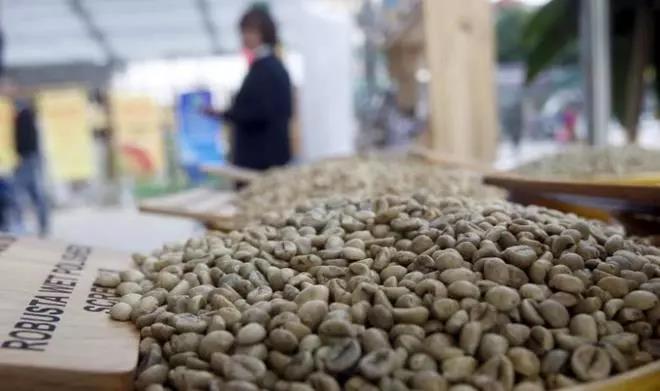
The ripe cherry fruit is picked on the cloth bag by hand to avoid touching the ground. The coffee fruit harvested on the same day must be sent to the treatment plant to which the manor belongs for half-sun treatment (Pulped Natural). The coffee fruit is picked by hand and surrounded by cloth. This is to avoid the earthy taste and any improper fermentation flavor. When the harvested coffee fruit arrives at the processing site, wash the coffee fruit immediately: wash the coffee fruit clean. The unqualified or dried fruits (b ó ia beans) were screened out according to the size partition of the bean body, and the qualified beans were screened, and the peeling action continued (using the pulper machine).
There are 200 mu of coffee trees planted in the manor, and the undulating mountains make it impossible for large-scale mechanical harvesting, so all the coffee here needs to be harvested by hand. The use of half-sun treatment, semi-washing through the drying rack and baking machine, mechanical screening supplemented by manual screening, a large number of work requires farm employees to live on the farm all year round. All employees and their families can enjoy housing, health care and education benefits here.
[raw bean analysis]
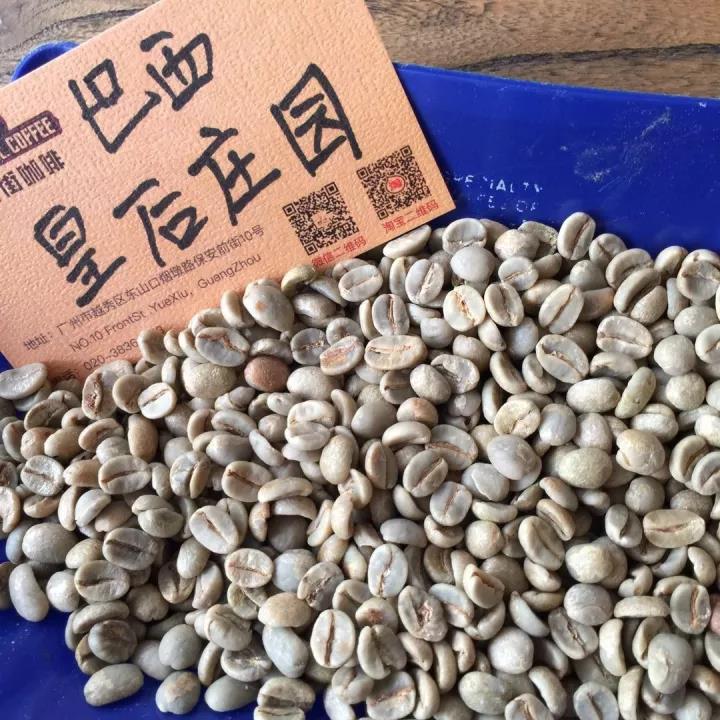
The bean is treated with the Cerezadescascado method invented in Brazil, a natural treatment similar to honey treatment that makes the coffee taste more round, somewhere between washing and full-sun treatment. During the treatment, a small amount of water is used to remove the pulp and peel, and then the coffee is dried directly on the drying rack, which is constantly turned over to ensure that all the coffee is exposed to the sun. after several days of drying, mechanical drying is carried out to achieve the appropriate water content.
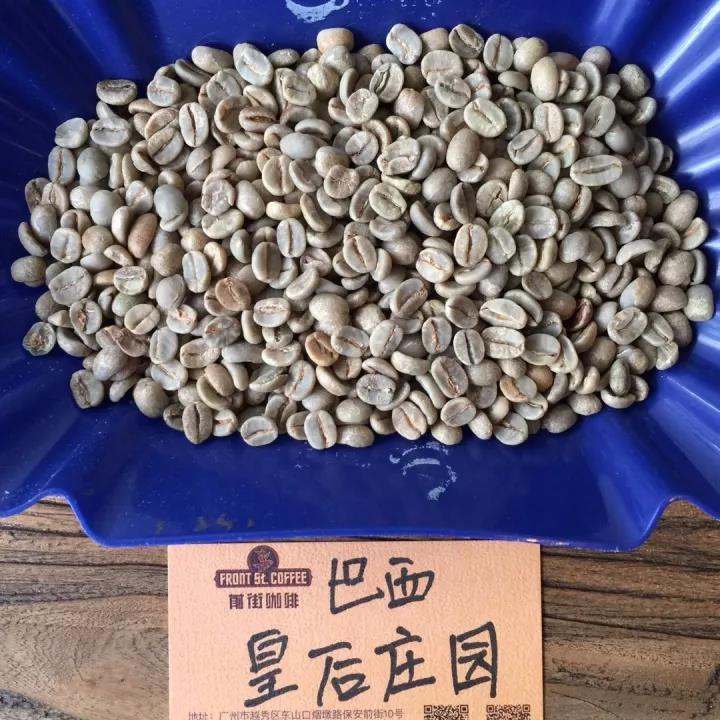
The properties of the treated coffee beans are relatively stable, can be preserved for a long time, the water content is low, and the coffee bean particles are relatively large. 98% of the beans can reach more than 16 mesh, and half of them can reach 18 mesh.
The Brazilian grading system, which scores the proportion, size, flavor and taste of defects, is its own independent grading system, which is more complex than that from other countries. For example, the "Brasil Santos NY2 SC17/18 SS FC" NY2 classifies the proportion of defects: the higher the number, the greater the proportion of defects. The order is 2, 2, 3, 3, 3, 4... NY says it is based on the New York rating standard.
[baking analysis]
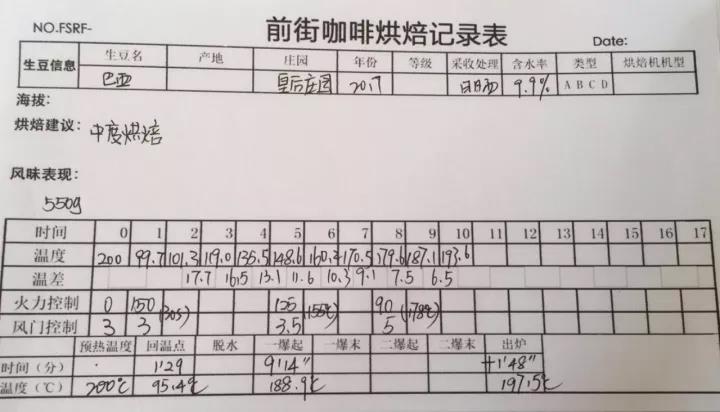
Raw beans are solid in quality, good in flavor, with slight aromas of orange peel and spices, fermented berry aroma, raw beans with a moisture content of 9.9% and relatively low water content, which makes the beans have strong heat absorption capacity, so the baking plan is to enter the beans at 200 degrees Celsius. Then the fire and small throttle speed up dehydration, and when the dehydration stage is over, open the stroke door and medium fire to let Maillard react, and the time is not too hasty, close to an explosion.
After baking for 4 times, it is better to choose between 1: 45-2 after the end of the first explosion. Taste with obvious sweetness, but not so boring sweet, the background with a hint of lemon aroma, this aroma is more prominent in the wet fragrance stage, the latter part of the performance has an obvious taste of dark chocolate, the overall feeling is more round, while reflecting the overall characteristics of Brazil, without losing liveliness.
[cup test]
Dry aroma: roasted hazelnut, cinnamon
Wet aroma: slightly tropical fruit aroma, cream, sucrose
Flavor: delicate nutty, fruity and creamy peanuts on the palate. Clean and half-sunny will make her slightly sour but well matched with sweetness. Some of them even have tropical fruit aromas, especially the overflowing aromas of cooking. Sugar cane juice's sweet, black tea, beautiful and smooth fruit sweetness, obvious nutty flavor, balanced and supple acidity, weak and clean bitterness, rich chocolate aroma and nutty flavor, bright and refreshing taste, smooth and delicate taste.
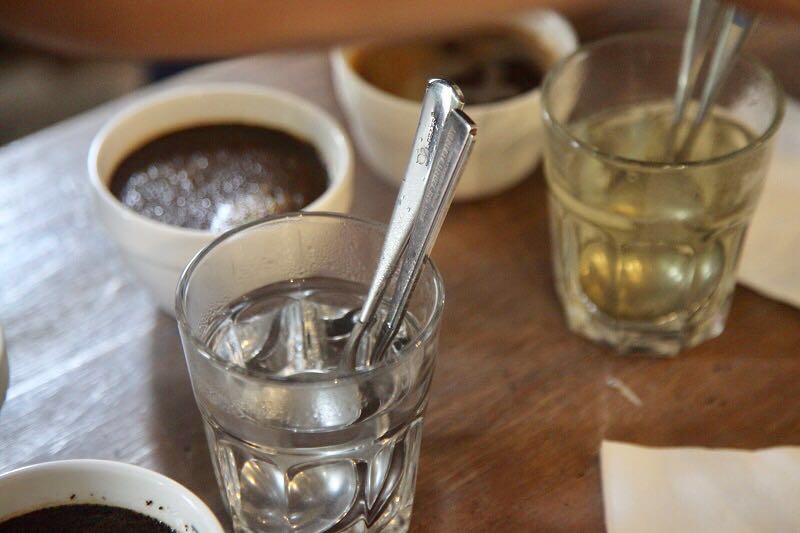
[Hand Charge]
Water was injected to 105g of water, water was injected after the water in the powder bed was reduced to half, water was slowly injected until 225g of water was added, the tail section was not used, the water powder ratio was 1:15, and the extraction time was 2:00.
Ice Hand Chong: Use this coffee from Brazil FazendaRainha [Queen Manor] to make a cup of iced coffee, weigh 15 grams of powder, grind 3 small Fuji, brew with 88 degrees of hot water, put 100 grams of ice in the sharing pot, steam 30 grams of water for 30 seconds, stir slightly during steaming, add water to 150 water after steaming, drink smooth taste, chocolate nut flavor outstanding, sweet feeling obvious, very suitable for a cup in this weather.
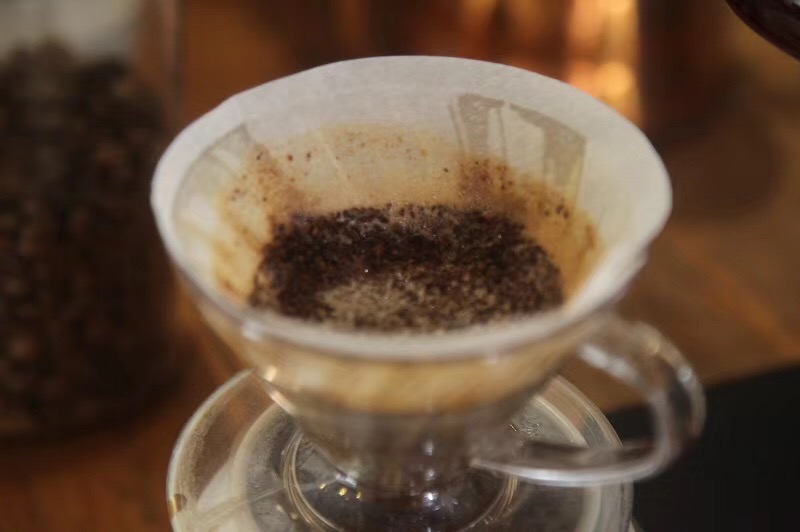
Brazil Santeo / Shenmu Manor Fazenda Sertaozinho
Producing area: Minas Gerais
Variety: yellow bourbon
Sea pull: 1200 meters
Treatment method: peel off and sun-fermented Natural
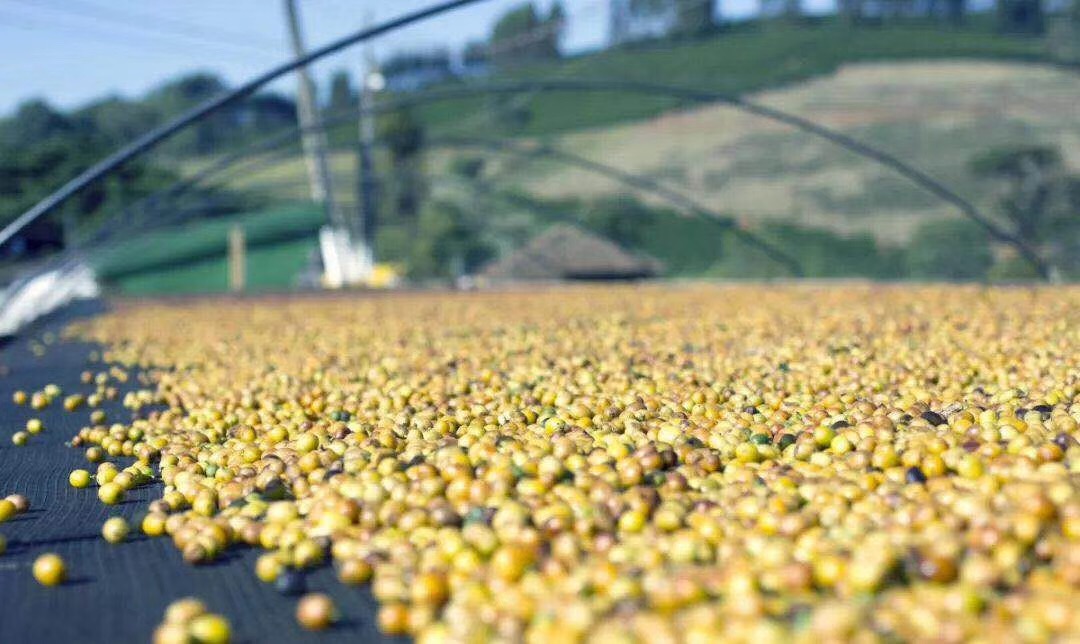
Shenmuzhuang Garden is located in the southern mountain area of Minas Gerais, with an altitude of about 1200 meters, an average annual temperature of 19 °C (66 °F), and an average annual rainfall of 1600 mm. Excellent geographical location and high-quality climate environment create a unique soil, high-level boutique coffee is also bred here. The farm itself has a 300-hectare tropical rainforest reserve, of which the most striking symbol of St. Theo / Shenmu Manor is the 40-meter-long sacred tree Cariniana legalis, which, according to the owner's rough estimate, has grown here for more than 1500 years.
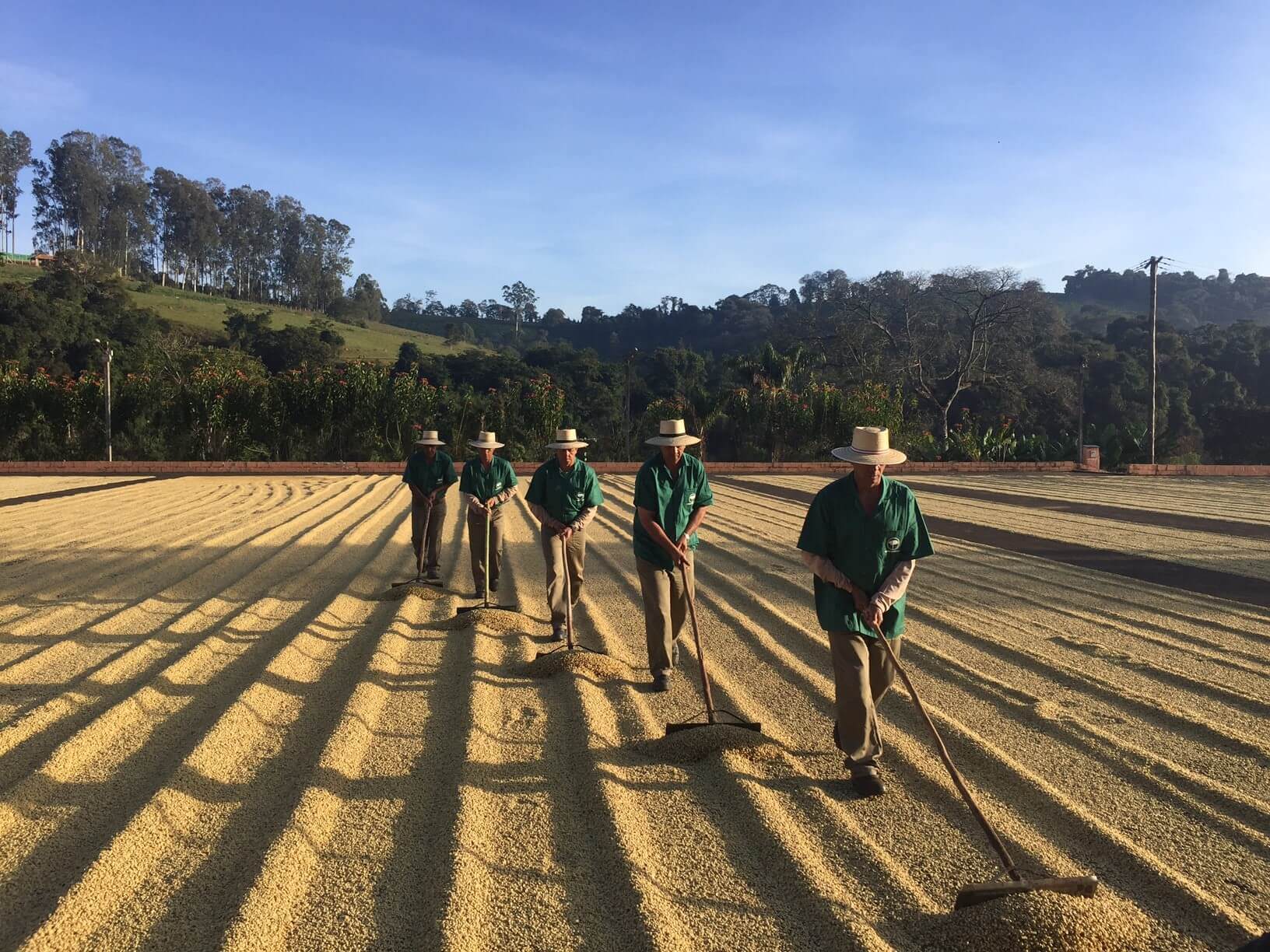
San Theo / Kamiki Manor is owned by Jos é Renato Gon?alves Dias Goncalves Diaz, who, according to the owner, has been producing crops since 1948 to this day; the farm itself is produced using only organic fertilizers to provide plant nutrients to keep the land alive. The estate, which has about 160 lifelong employees, provides a good and sustainable living environment, includes sound health and medical plans, trains workers in their professional development, and has a school to provide a good school environment for their children.
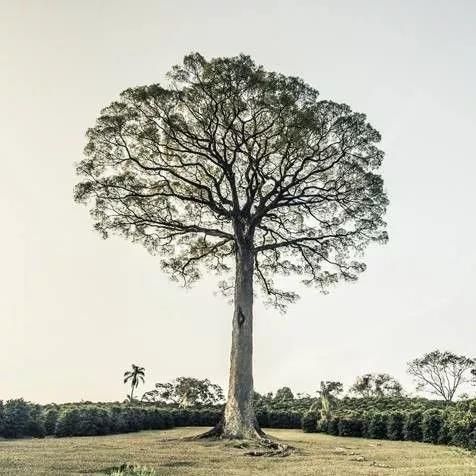
The coffee of Santeo / Shenmu Manor is completely different from that of a large Brazilian manor. instead of using machines instead of manpower, the coffee berries are processed by hand. The harvesting workers in the park only collect fully ripe coffee cherries and send them to a pulper for pulp removal or directly laid out in the courtyard for sun exposure.
After the completion of the post-processing method, the raw coffee beans are packed in gunny bags, and the average moisture content is reduced to 11%. After being transferred to the wooden warehouse for 30 days, the coffee beans can be exported. Finally, each batch of coffee will be carefully screened by density and electronic color sorter before the whole production process can be completed.
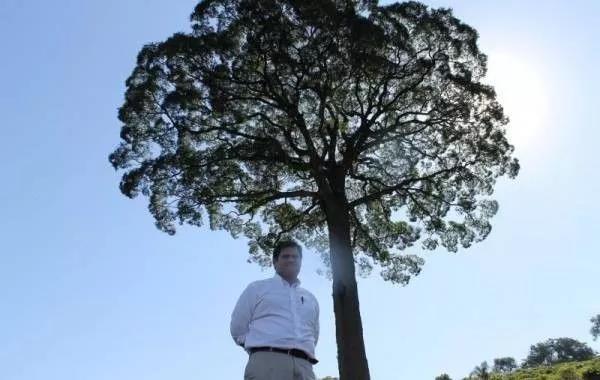
In addition, Shengtai'o / Shenmu Manor has also passed the ISO certification 9001 Quality Management System 2002, which means that Zhuangyuan itself can precisely control the production quality and output of raw coffee beans. "A production batch has its own files and complete historical records, providing the owner to trace the production process to control the quality. In addition, Zhuangyuan itself has also passed the certification of UTZ sustainable management Certified systems, and joined the BSCA Brazilian Fine Coffee Association (Brazil Specialty Coffee Association).
Among the two estates owned by Jos é Reinado Goncalves Diaz, in addition to this excellent San Theo / Kamiki estate, there is another very well-known sister estate, namely, the world-renowned Brazilian COE Champion Manor [Queen's Manor]. Over the years, the two estates have won numerous awards in the COE Excellence Cup and become popular all over the world.
[variety]
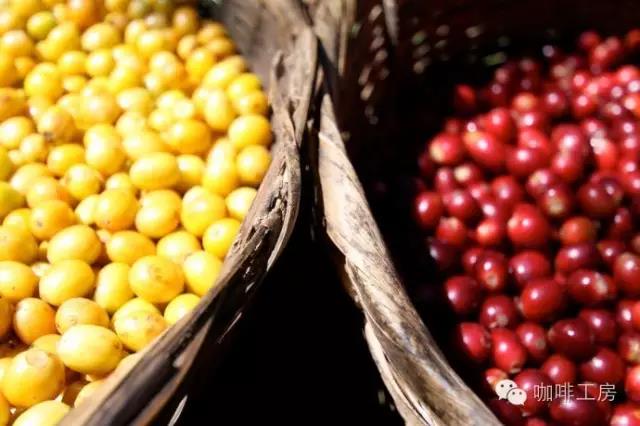
On the other hand, the yellow bourbon species is a hybrid between the bourbon species and other varieties. Because of its low yield and relatively intolerant to wind and rain, it has not been widely planted. However, when planted in high altitude areas, it will have excellent flavor performance, which is more common in recent years. Yellow Bourbon, Huang bourbon, the mature consequence is actually yellow, was first found in Brazil, and now mainly grows in Brazil. It is generally thought that it may have been mutated by a cross between a bourbon with red fruit and a variety of iron pickup with yellow fruit called "Amerelo de Botocatu".
03 | Baking analysis
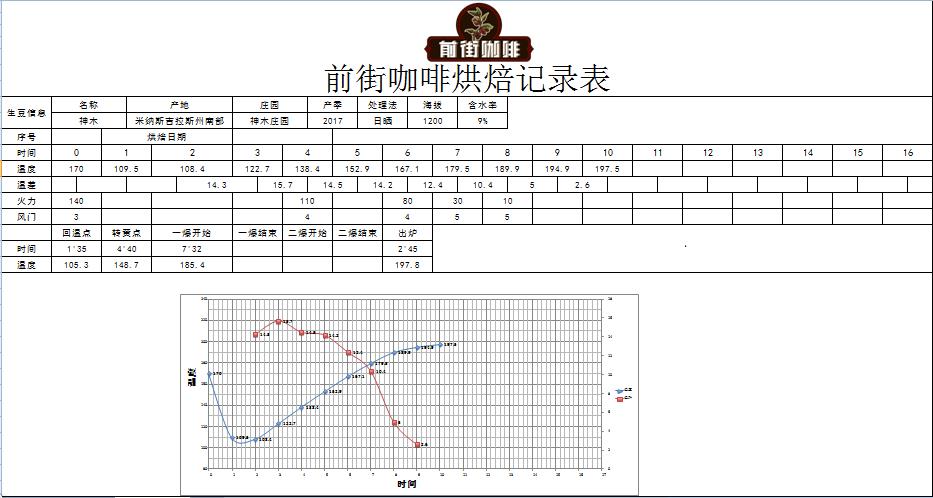
Roaster Yangjia 600g semi-direct fire
Enter the pot at 170 degrees Celsius, adjust the firepower to 140 degrees after opening the throttle for 30 seconds, and adjust the firepower to 150 degrees at the return point of 39 degrees Celsius. At this time, the bean watch turns yellow, the smell of grass disappears completely, dehydration is completed, the firepower is adjusted to 110 degrees, and the throttle is adjusted to 4 degrees.
The smell of toasted bread has obviously turned into coffee, which can be defined as a prelude to an explosion. At this time, listen clearly to the sound of the explosion point, to 7: 32 "start an explosion, adjust the firepower to 30 degrees, the throttle is fully open to 5 (the firepower should be very careful, not to be so small as to be free of bursting sound), 2 degrees 45" after an explosion, 197.8 degrees in the pan.
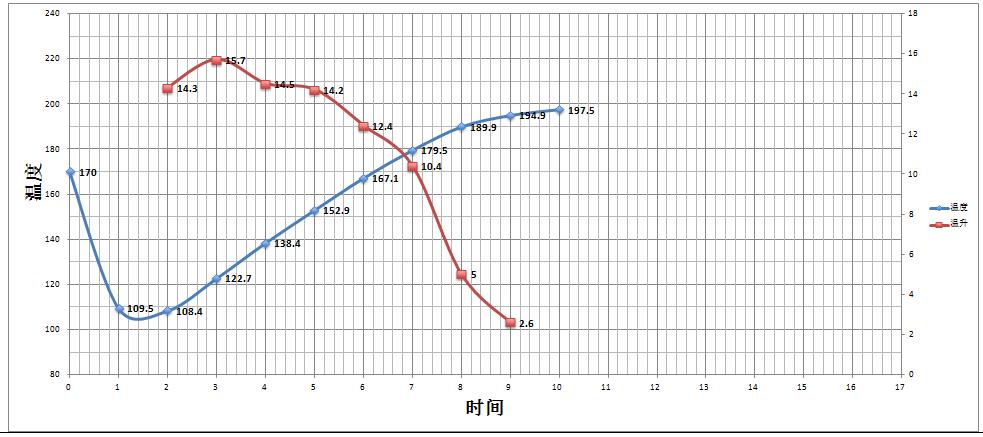
This dried bean fragrance exudes rich almond fruit, cinnamon bark, a little licorice, clove herbs sweet smell. Overall, it has a clean and balanced stone fruit taste, creamy texture and smooth flavor of milk chocolate. The middle part also has good plum, orange and lime crisp fruit sour and sweet, and the ending rhyme is like mocha chocolate.
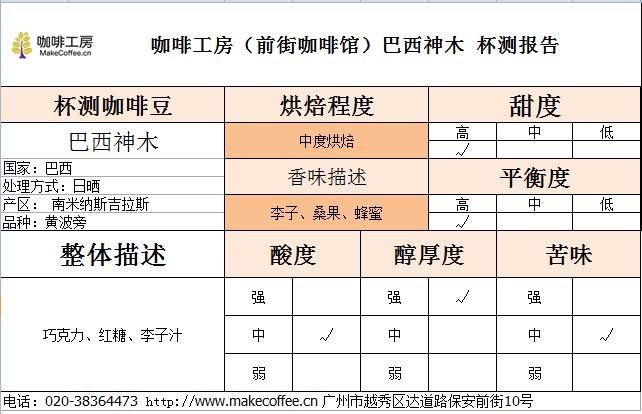
Recommended cooking methods: siphon, hand flushing
Degree of grinding: 4 (Japanese little Fuji R440)
KONO filter cup, 17g powder, water temperature 88 degrees, grinding 4, water powder ratio close to 1:14
Steaming in 30 grams of water for 30 seconds
Segment: water injection to 120ml cut off, slow water injection to 234ml
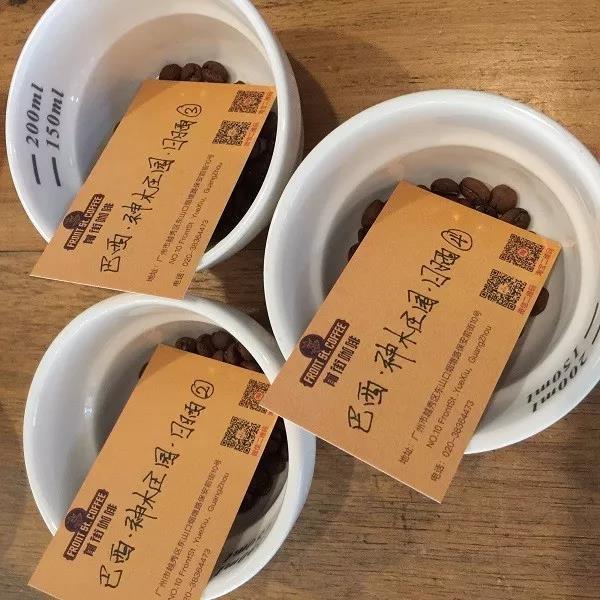
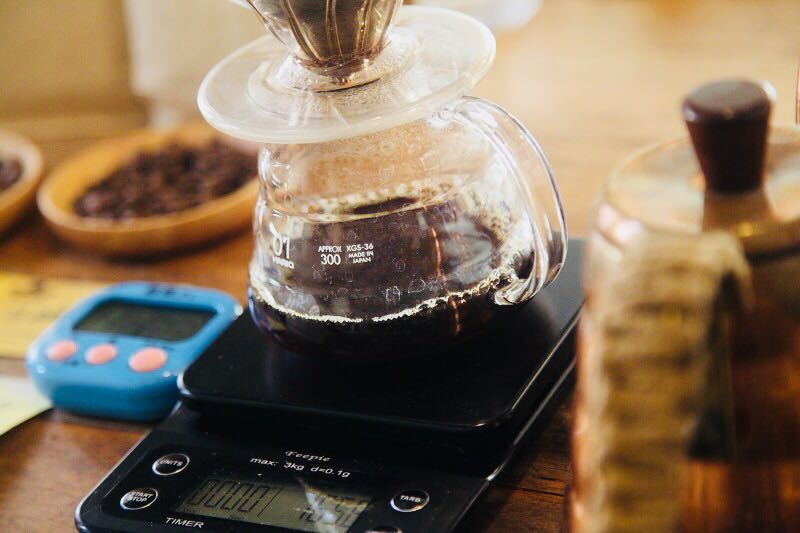
Important Notice :
前街咖啡 FrontStreet Coffee has moved to new addredd:
FrontStreet Coffee Address: 315,Donghua East Road,GuangZhou
Tel:020 38364473
- Prev
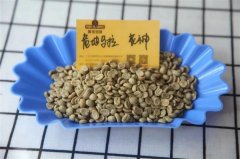
Antigua famous Coffee Brand | what is the existence of Raminita La Minita "Flower God"?
Professional coffee knowledge exchange more coffee bean information please follow the coffee workshop (Wechat official account cafe_style) Antigua famous coffee brand | Raminita La Minita what is the existence of Flower God? The Antigua Valley of Guatemala has always been the most famous coffee producing area in Guatemala. The microclimate of the Antigua Valley provides excellent conditions for growing coffee, with an average annual temperature.
- Next
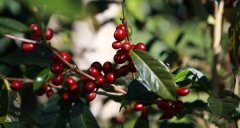
Costa Rican goddess Ruoxia hand coffee how much is a cup of coffee? how many grams of rose summer coffee beans
Professional coffee knowledge exchange more coffee bean information please follow the coffee workshop (Wechat official account cafe_style) Costa Rican goddess manor washed rose summer coffee Geisha boutique coffee beans, the top goddess of coffee beans. It contains vanilla, citrus, lemon, floral fruit flavor, white grape juice-like texture delicate, crisp and bright acidity, smooth taste and sweet
Related
- Detailed explanation of Jadeite planting Land in Panamanian Jadeite Manor introduction to the grading system of Jadeite competitive bidding, Red bid, Green bid and Rose Summer
- Story of Coffee planting in Brenka region of Costa Rica Stonehenge Manor anaerobic heavy honey treatment of flavor mouth
- What's on the barrel of Blue Mountain Coffee beans?
- Can American coffee also pull flowers? How to use hot American style to pull out a good-looking pattern?
- Can you make a cold extract with coffee beans? What is the right proportion for cold-extracted coffee formula?
- Indonesian PWN Gold Mandrine Coffee Origin Features Flavor How to Chong? Mandolin coffee is American.
- A brief introduction to the flavor characteristics of Brazilian yellow bourbon coffee beans
- What is the effect of different water quality on the flavor of cold-extracted coffee? What kind of water is best for brewing coffee?
- Why do you think of Rose Summer whenever you mention Panamanian coffee?
- Introduction to the characteristics of authentic blue mountain coffee bean producing areas? What is the CIB Coffee Authority in Jamaica?

